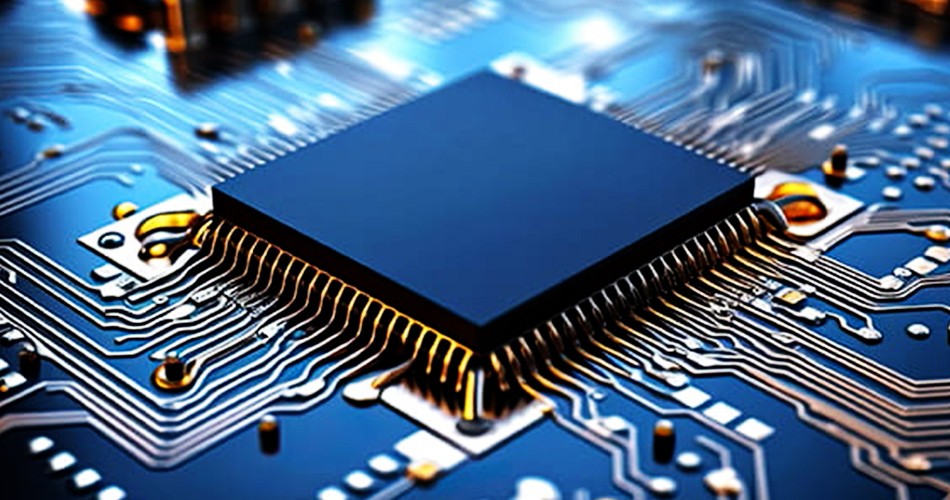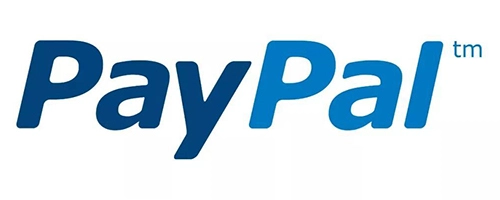- English
- Español
- Português
- русский
- Français
- 日本語
- Deutsch
- tiếng Việt
- Italiano
- Nederlands
- ภาษาไทย
- Polski
- 한국어
- Svenska
- magyar
- Malay
- বাংলা ভাষার
- Dansk
- Suomi
- हिन्दी
- Pilipino
- Türkçe
- Gaeilge
- العربية
- Indonesia
- Norsk
- تمل
- český
- ελληνικά
- український
- Javanese
- فارسی
- தமிழ்
- తెలుగు
- नेपाली
- Burmese
- български
- ລາວ
- Latine
- Қазақша
- Euskal
- Azərbaycan
- Slovenský jazyk
- Македонски
- Lietuvos
- Eesti Keel
- Română
- Slovenski
- मराठी
- Srpski језик
Analysis of multi-layer circuit board processing technology in PCBA factories
2025-07-31
In the electronics manufacturing industry, the demand for multi-layer circuit boards is increasing, especially in complex electronic devices and high-performance applications. PCBA processing (Printed Circuit Board Assembly) is an important link in connecting electronic components and circuit boards, and the processing technology of multi-layer circuit boards directly affects the performance and reliability of electronic products. This article will analyze the technical points and development trends of PCBA factories in multi-layer circuit board processing.

1. Definition and application of multi-layer circuit boards
Multi-layer circuit boards are circuit boards composed of multiple layers of conductive patterns and insulating materials alternately stacked, usually consisting of three or more circuit layers. Compared with single-layer and double-layer circuit boards, multi-layer circuit boards can achieve more complex circuit designs and are suitable for electronic devices with limited space, high-speed signals, and complex functions, such as smartphones, computers, medical instruments, etc.
2. Processing flow of multi-layer circuit boards in PCBA processing
Material preparation
The processing of multi-layer circuit boards first requires the selection of high-quality substrates and insulating materials. Commonly used substrates include FR-4, ceramics, and polyimide, which have excellent insulation and heat resistance.
Graphics production
In PCBA processing, graphics production is a key step in multi-layer circuit board processing. This process usually transfers the designed circuit pattern to the surface of the circuit board through photolithography technology. After exposure, development, etching and other processes, the circuit pattern will be clearly presented.
Lamination molding
The core of the multilayer circuit board lies in its lamination process. By placing multiple layers of materials in high temperature and high pressure equipment, the layers are firmly bonded together using adhesives. The process requires strict control of temperature and pressure to ensure that the circuit connection of each layer is good.
Drilling and electroplating
After lamination, the multilayer circuit board needs to be drilled to facilitate subsequent electroplating and component insertion. The electroplating process is used to form a conductive layer on the hole wall to ensure the reliability of electrical connection.
3. Technical challenges in multilayer circuit board processing
Despite the continuous development of multilayer circuit board processing technology, there are still some technical challenges:
Precision control
Multilayer circuit board processing requires strict alignment accuracy between each level to ensure the normal function of the circuit. Even a small error can cause a short circuit or an open circuit, so the precision control of the equipment is particularly important.
Thermal management
As the number of layers of multilayer circuit boards increases, the heat generated during soldering and assembly will also increase, which can easily lead to damage to components. Therefore, a reasonable thermal management solution is the key to ensuring the processing quality of multi-layer circuit boards.
Cost control
Since the processing technology of multi-layer circuit boards is complex and the investment in materials and equipment is high, how to control production costs while ensuring quality is also an important issue that PCBA factories need to solve.
4. Future development trends
As electronic equipment develops towards high performance and miniaturization, the technology of multi-layer circuit boards is also constantly improving. In the future, PCBA factories may have the following development trends in multi-layer circuit board processing:
Green manufacturing
As environmental regulations become increasingly stringent, PCBA factories need to pay attention to the use of environmentally friendly materials and the treatment of waste materials to promote the process of green manufacturing.
Intelligent technology
The introduction of intelligent technologies, such as the Internet of Things and artificial intelligence, can improve the automation level of multi-layer circuit board processing and enhance the controllability and flexibility of the production process.
Application of new materials
The research and development of new substrates and insulating materials will further promote the performance improvement of multi-layer circuit boards, such as reducing signal loss and improving thermal stability.
Conclusion
The processing technology of multi-layer circuit boards in PCBA processing is a key factor affecting the quality and performance of electronic products. By continuously improving the processing flow, overcoming technical challenges, and paying attention to future development trends, PCBA factories can stand out in the fiercely competitive market and achieve high-quality and efficient production goals. With the continuous advancement of technology, the application of multi-layer circuit boards will become more extensive, providing a solid foundation for the development of the electronics industry.
-
Delivery Service






-
Payment Options









